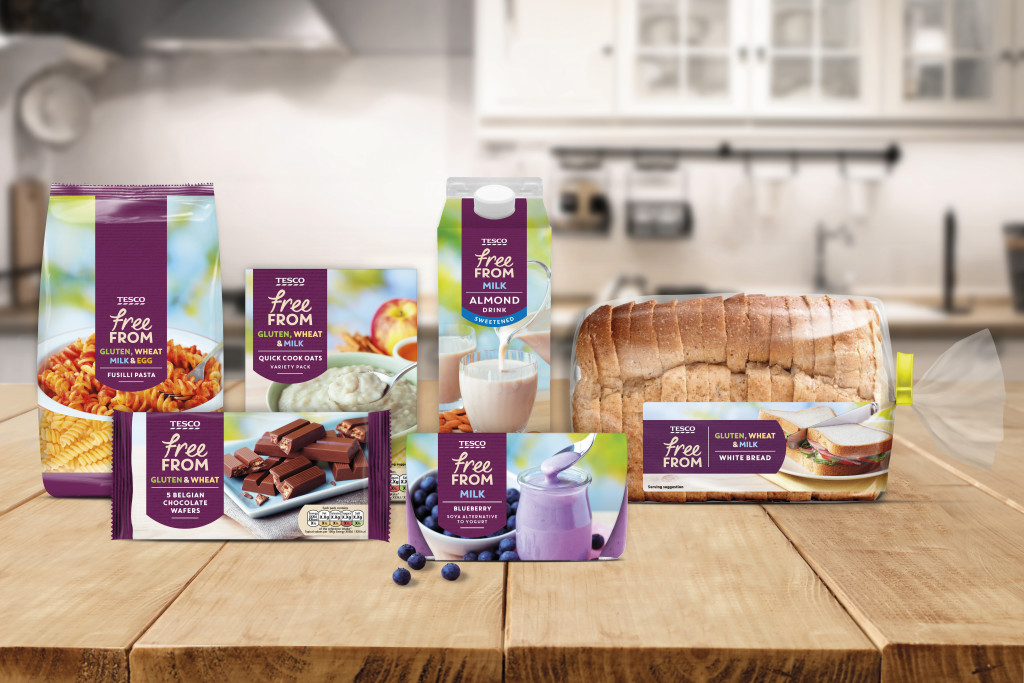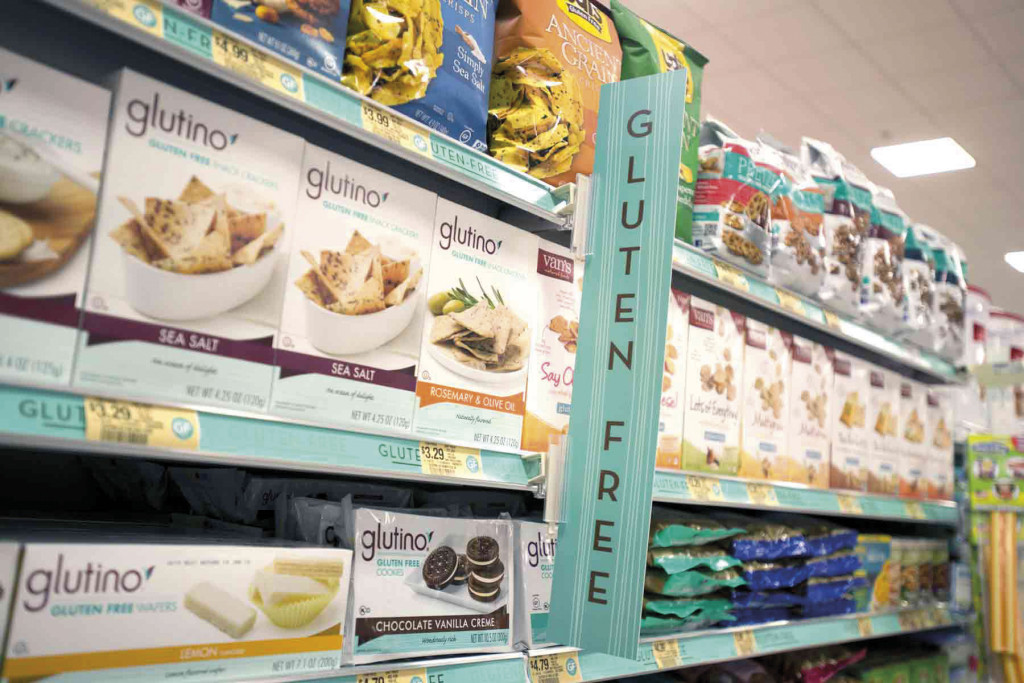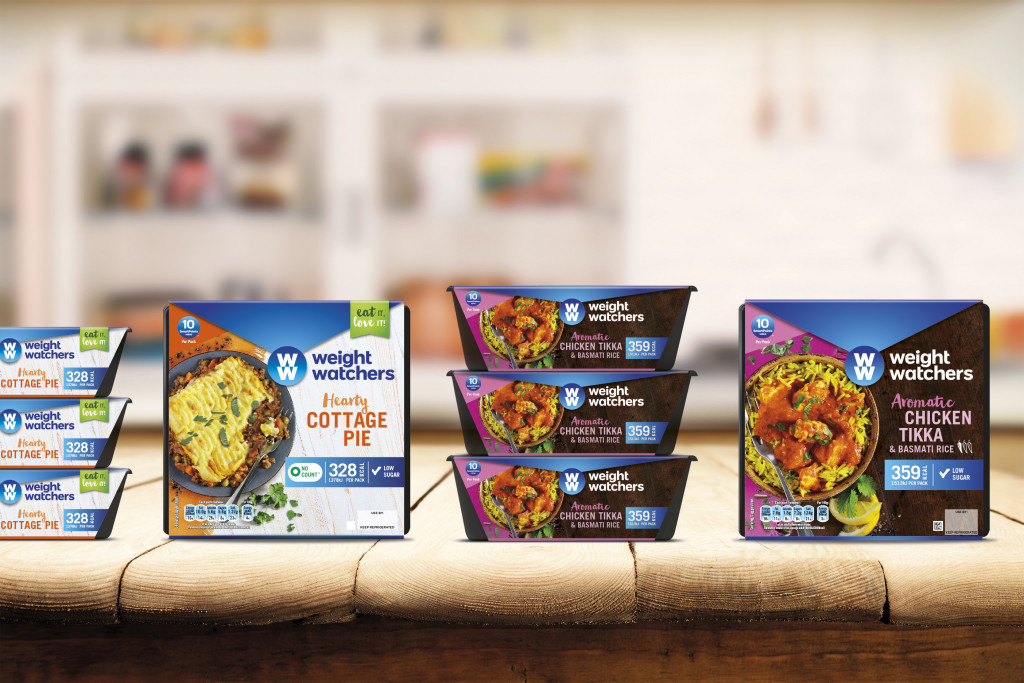
Speciality Foods: Some thoughts on the ‘Free From’ revolution…
“I’m just popping out to the chemist to get some bread”
Thankfully this isn’t something you hear people say today. However, there was a time not too long ago when people with specific food allergies and requirements really would go to the chemist with a prescription to buy ‘free-from’ food. In those days, the bread was like a brick and the packaging looked as if it were designed for medicine rather than anything edible.
My, how times have changed. We now have ‘free- from’ food that is catering for a wider range of allergies than ever before. New brands are filling the shelves with delicious speciality food and stoking consumer demand, not only from those with allergies and intolerances but also from non-allergy sufferers as a way of ‘healthy eating’.
We’ve certainly come a long way since the days of visiting the chemist, but have things really progressed as much as we think? Specialty foods or ‘free-from’ that cater for the glucose or lactose intolerant are now much more widely available and even have their own aisles in supermarkets. And that’s the problem, right there.
We all want to be seen as normal, especially when we’re filling our shopping trollies for the whole world to see. Surely the sufferers of these conditions don’t want to be seen as ‘special’ or needy. The packaging alone makes a point of highlighting their eating requirements, so is it really necessary to segregate their food from ‘normal’ food and allocate a special aisle?

Of course, there are those who argue that this is for convenience – to make it easier for people to find what they are looking for. But would it not be more convenient to offer more impactful packaging and clearer information on the labels across all areas of the supermarket? This would help to normalise specialty foods and make those with specific food requirements feel more included.
“This is a wonderful opportunity to replace the feeling of being stigmatised with something else entirely.”
As a designer, one of the challenges that interests me the most about the free-from sector is that it is marketed to people who actually read the packaging more than perhaps any other group, as a failure to do so could potentially be life-threatening. This is a wonderful opportunity to replace the feeling of being stigmatised with something else entirely.
Take the dieting sector, for example. It wasn’t that long ago that dieting brands faced a similar set of obstacles. This was a category that went through the same journey of deprivation, isolation and stigma – making buyers feel self-conscious and singled out. The packaging looked uninspiring, which in turn made the food look drab and unappetising.
“Delicious meals that even non-dieters and ‘foodies’ would consider eating.”

Now, low calorie meals and diet brands are integrated into the natural journey around the supermarket where they are stocked alongside other foods as delicious, appetite-driven purchases. In other words, they went from being a niche specialty to enjoying their place next to non-diet products, yet still with the relevant nutritional information clearly in view.
This is something Honey managed to overcome through the work we have undertaken for Weight Watchers. This is a brand with a rich history that, through a redesign of their packaging and understanding of their customers, has successfully migrated into the mainstream and now is building a reputation for delicious meals that even non-dieters and ‘foodies’ would consider eating. Whilst it’s true that people with specific eating requirements no longer have to pick up a prescription and visit a chemist for their bread, I suspect that free-from still has a long way to go.
Greg Valance – Managing Partner, Honey.